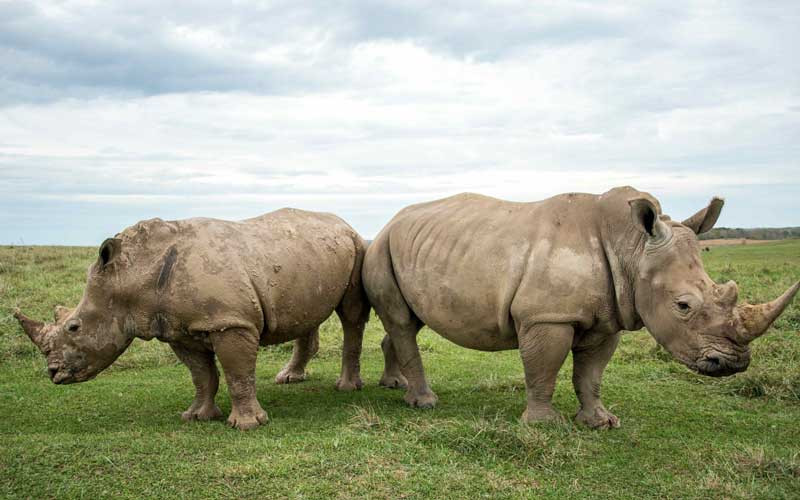
The reintroduction of rhinos in the Matusadonha National Park is on course after the endangered animals had been removed from the mid-Zambezi to protect them from poachers.
Zimbabwe Parks and Wildlife Management Authority (ZimParks) regional manager for the mid-Zambezi region, Felix Chimeramombe, revealed this at regional traditional leaders and stakeholders indaba on biodiversity conservation in Kariba on Friday.
The indaba was held to share experiences on human-wildlife conflicts, challenges faced in resources protection as well as sharing information on emerging issues in biodiversity conservation.
“We got the four of the Big Five in the mid-Zambezi region and plans to reintroduce the rhino in the valley are at an advance stage,” Chimeramombe said.
“We were forced to remove them after the threats they were facing as a result of poaching. We deliberately removed them and translocated them to safer areas, so we were left with only four of the Big Five.”
ZimParks director-general Fulton Mangwanya said wildlife conservation was an insurmountable task for any organisation or country on its own without the involvement of multilateral and internal stakeholders.
“Locally, we have various statutory instruments and others, that we apply in our conservation work. It is undisputable that our traditional chiefs are the custodians of nature and wildlife, especially outside the protected areas and are also the driving force behind the maintenance and reclamation of wildlife corridors,” he said.
Zimbabwe is a signatory to a number of multilateral environmental agreements such as the Convention on International Trade in Endangered Species of Flora and Fauna, which is responsible for the regulation of trade in wildlife species and their derivatives.
- Baobab tree faces extinction
- Managing wildlife benefiting communities
- Reaction units reduce poaching: ZimParks
- ZimParks sets up human-wildlife conflict fund










